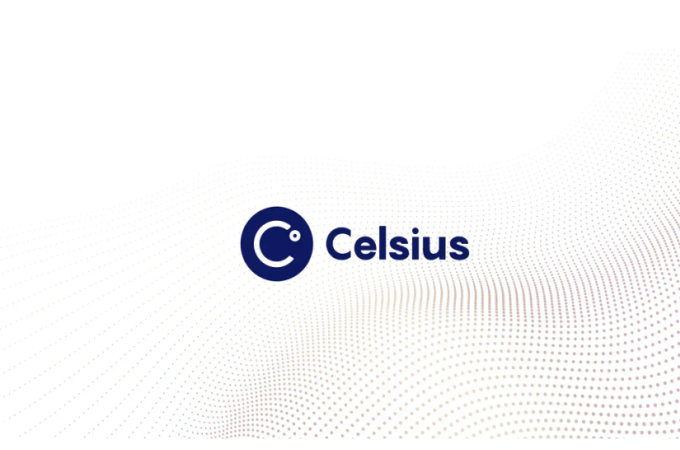
Insurance is ready for an upgrade
By Sam Friedman for Techcrunch.com
Insurance may be widely perceived as a sleepy backwater when it comes to innovation in technology, but that’s about to change.
Whether the transformations to come — which we expect to impact the industry on a number of different fronts — end up bolstering a particular insurer’s future or undermining it depends on whether they seize the opportunity to reinvent their business models or stubbornly cling to the status quo.
Take blockchain, which established a new type of public ledger for transactions using crypto-currencies. Insurers are just now starting to look at how this intriguing technology might help facilitate smart contract transactions, increase cybersecurity, reduce fraud and lower costs. But the same platform could also accelerate development of alternative risk-transfer startups by providing a reliable, ready-made infrastructure that new entities could leverage — such as peer-to-peer insurance groups, in which like-minded policyholders create a new type of consumer-driven mutual insurer.
Insurance distribution is also primed for technological disruption, given the relatively high costs of approaching prospects and handling clients through a live agent and broker network. One such disruptor — aggregator websites, which allow consumers to compare prices from many carriers on their computer or mobile device — is far from new to the scene. But these platforms are proliferating, including some that are establishing symbiotic business relationships with well-known, high-profile retailers. Before long, most aggregators are likely to up their game by going beyond mere price-shopping services, helping consumers assess the actual value of the coverage being offered by competing providers.
Meanwhile, enhanced connectivity among devices, properties and individuals will increasingly affect the exposures, costs and premium base of traditional insurers. For the moment, the most impactful technological shift in the industry has come in the form of usage-based auto insurance (UBI), fueled by telematic monitoring of a driver’s performance via a device installed in the vehicle or an app downloaded to their smartphone. UBI should revolutionize customer experience by creating an ongoing, interactive relationship with insurers, rather than limiting touch points to sales, claims and renewals.
Insurers can capitalize on this trend by offering more than just coverage priced against key safe-driving metrics, including speed, braking and turning proficiency. They could also leverage their real-time GPS connection with customers to offer added value, such as safety and maintenance warnings, geo-fencing for teenage and elderly drivers and discounts on related products and services in partnership with outside providers.
At the same time, new sensing technologies being incorporated in vehicles — including software that prevents speeding, drifting out of lanes and collision avoidance — could substantially lower loss frequency and force down premiums for auto coverage.
Rather than be displaced by disruptive developments, insurers should be proactive.
Over the long term, the biggest connectivity-related disruptor could be broad deployment of a “driverless” car, which represents the culmination of new sensing technology. This disruptor may substantially reduce the need for personal auto liability coverage, while at the same time create a huge growth opportunity for product liability insurers, as responsibility for most accidents caused by self-directed vehicles would likely be shifted from the owner to the manufacturer or safety software producer.
The threats and opportunities of connectivity-related disruptions aren’t limited to auto risks. The broader Internet of Things (IoT) movement is also creating “smart” homes and businesses, providing owners and third parties (including insurers) with the opportunity to watch over and direct elements of insured residential and commercial properties remotely.
Indeed, before too long, IoT may enable carriers to become primarily the ensurers of safety and productive use of properties, rather than just the insurers of damages should a loss occur. If IoT detects the imminent failure of a $100 compressor in a $1 million piece of equipment that prevents a $100 million business-interruption loss, an entirely new value chain is created. If carriers don’t seize the moment, outside tech firms could launch IoT platforms that already have an ingrained risk-transfer component, thereby beating insurers at their own game.
Nor are life insurers immune to the disruptions caused by enhanced connectivity. More life carriers will likely take the plunge into telematics, including some utilizing a fitness-monitoring device to award points for those who exhibit healthy behaviors, thereby allowing policyholders to earn premium discounts and other rewards while facilitating a richer, more holistic relationship with their insurer.
We also can expect an expansion of robo-advisers across the industry, modeled after the automated investment management services that are looming larger in the retirement-planning space. Personal lines and small-business insurers could enhance their robo-adviser capabilities with investments in rapidly evolving cognitive technologies, including human-computer interface tools such as gestural computing (algorithms interpreting human gestures), affective computing (recognizing and simulating human emotions) and augmented reality (duplicating real-world environments in a computer program).
Last but not least, the rapid proliferation of fintech solutions is starting to provoke an attitude within the insurance industry of, “If you can’t beat ‘em, buy ‘em.” In an industry not generally known for innovation, insurers have already begun making strategic fintech investments to import cutting-edge capabilities.
Technological disruption isn’t likely to be a singular event for insurers, but rather an ongoing challenge. As a result, efforts to mitigate the impact of disruptive trends, as well as capitalize on the growth opportunities they present, will be part of a continuous journey rather than a final destination.
Carriers will need to constantly innovate and experiment as they adapt to the accelerating evolution in technology and consumer expectations, reinventing their products, systems and business models accordingly. Rather than be displaced by disruptive developments, insurers should be proactive in turning them to their advantage — in some cases by working with complementary providers from outside the industry.
First appeared at Techcrunch.com





